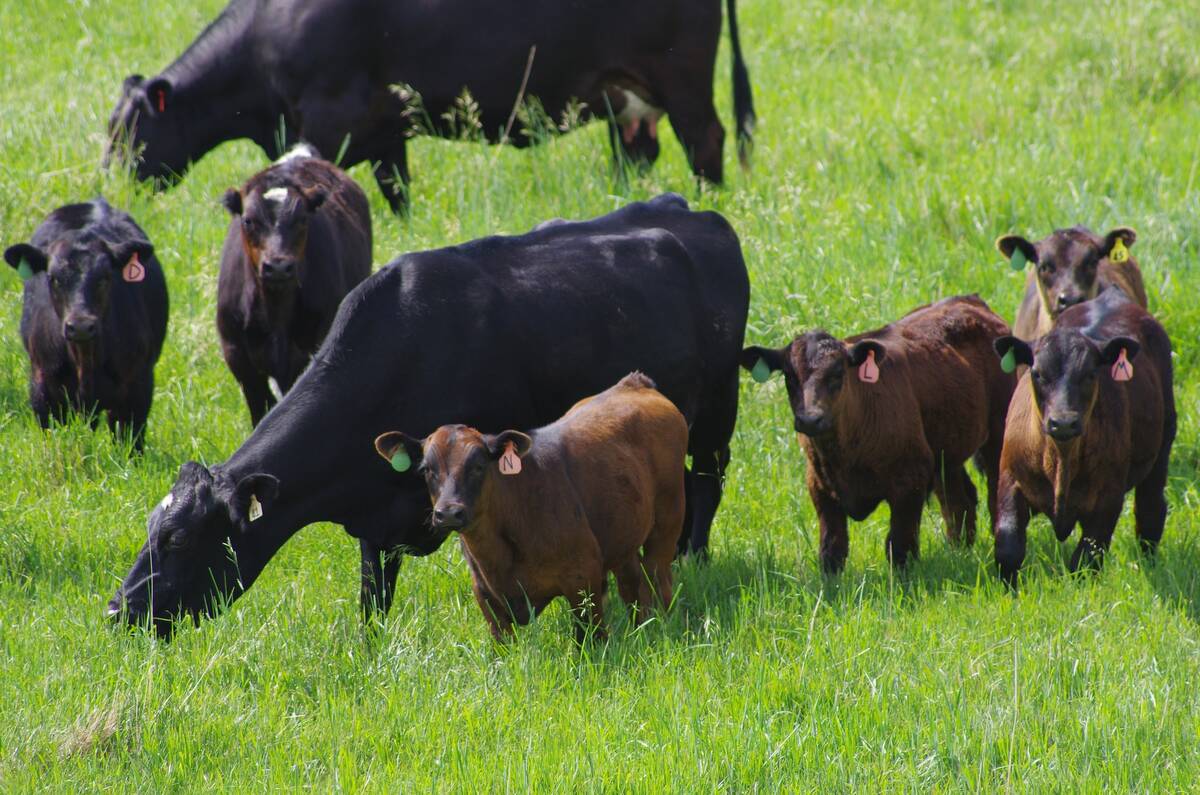Cattle backgrounders and feedlots are suffering through their worst
period in recorded history.
Losses in Western Canada’s feedlot industry topped an estimated $136
million for the fourth quarter of 2001 and the current year isn’t
shaping up much better.
Brad Wildeman, president of the Saskatchewan Cattle Feeders
Association, said many feedlots have liquidated inventories this spring
and there is considerable doubt whether they will ever build them up
again.
“If this thing doesn’t end pretty soon there probably won’t be an
Read Also

Manitoba extends Crown land rent freeze
Manitoba government links the continued rental rate freeze on grazing and forage leases to economic and environmental challenges facing the industry
industry left,” said Wildeman.
Record feeder cattle prices and rising feed costs caused by last year’s
drought have combined to create the highest ever break-even price for
feedlots, said Canfax cattle analyst Anne Dunford.
Massive losses posted in the fourth quarter of 2001 made it the worst
ever quarter for the feedlot industry, and 2002 isn’t starting out with
a bang either. The industry is another $58 million in the red after the
first quarter of this year.
Dunford hopes to see some improvement in profit margins later in the
year, but for now the outlook is still grim.
“It’s imperative that we get there and the sooner the better, but it’s
still a little ways down the road, I’m afraid.”
She said some backgrounders and feedlots could easily go under if
current conditions persist, leaving the industry with “some different
players or different faces.”
What is undeniable, say feedlot owners, is that the industry is in
terrible shape, verging on a wreck.
“It has been a trying couple of quarters here,” said Wayne Forbes,
owner of Jubilee Feedlot in Westlock, Alta.
Losses on the feedlot side of his business amount to $100 to $200 per
head. He attributes it to feed costs that are 50 percent higher than
normal and to overpriced feeder cattle.
“We got into a pattern as an industry of paying too much for feeder
cattle and, when we’ve seen a dramatic softening of the slaughter
market, it just doesn’t leave any room for profit.”
Slaughter cattle have been trading at 90 cents a pound for Alberta
steers in recent weeks, but Forbes said he needs $1 a lb. or more to
break even.
“I think it’s a very serious situation for the feeding part of our
operation and the feeding sector in Alberta.”
Forbes said some feedlots will be shutting down or reducing the number
of cattle they buy.
“I would predict a downsizing of the Alberta feedlot industry.”
Saskatchewan feedlot operator Dennis Lepp said the livestock industry
is in “horrible shape” in that province as well. He has sold his feeder
cattle due to lack of affordable feed.
Lepp said cattle are moving out of Saskatchewan in droves to be fed in
Alberta or Manitoba. It’s a serious blow for the province’s burgeoning
livestock industry.
“That was one of the bright spots in this province and we might be set
back 10 years.”
Lepp’s feedlot, located just north of Saskatoon, is in one of the worst
drought-stricken areas of the prairies.
“You need to have some feed and you need to have rain for grass.
There’s nothing else to this industry. It’s grass and feed.”
Lepp has been buying feed for the last two years, which has eroded any
profit margin a small operation like his can generate.
“Feedlots like mine, we make our money on feeding our own product.”
Wildeman said feedlots across the Prairies are all facing the same
tough questions: “What are we going to do? Are we going to let our
feedlots go empty and lay off all those employees? I think the industry
is at a crossroads.”
Feedlot representatives met with Saskatchewan Agriculture bureaucrats
June 10 to try and find some options for keeping the industry afloat.
Wildeman told government representatives that a “pretty substantial”
percentage of the province’s smaller feedlots are already empty.
“What worries us about that is once they’re out, will they ever be able
to get back in?”
He said farmers in Alberta have already received drought assistance
from their provincial government and it’s hard for Saskatchewan
feedlots to compete with that. Wildeman is calling for a national
drought assistance program.















